Transportation Network Modeling: A Powerful Tool in Greenhouse Gas Emissions Reduction Strategy
Talking Logistics
OCTOBER 27, 2016
Outside of the Paris Agreement, the European Union (EU) has a goal of reducing greenhouse gas emissions from transport by around 60 percent below 1990 levels by 2050. It currently has no limits on truck emissions, unlike other countries such as the United States, China, Japan and Canada, which already have truck fuel efficiency standards.


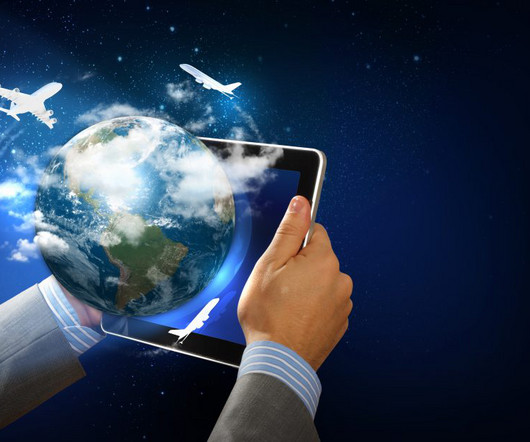
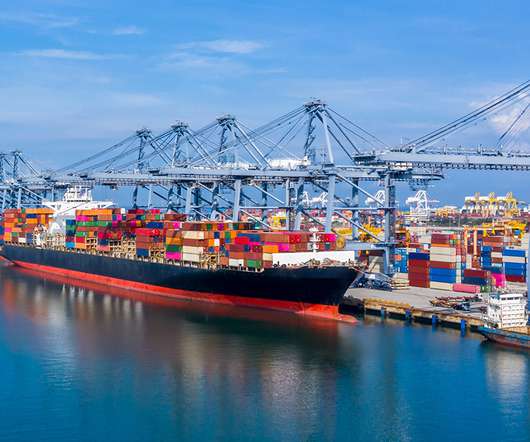








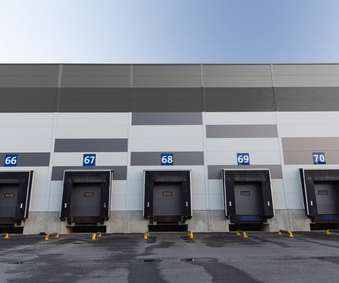
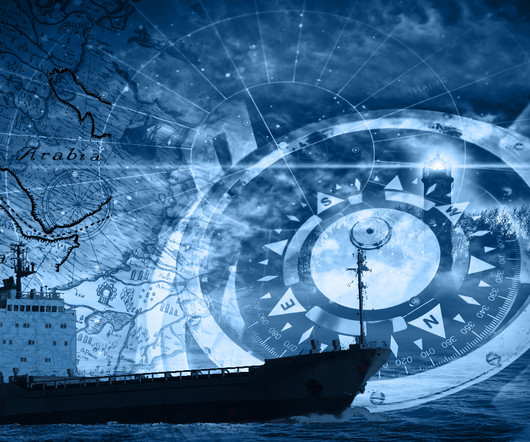

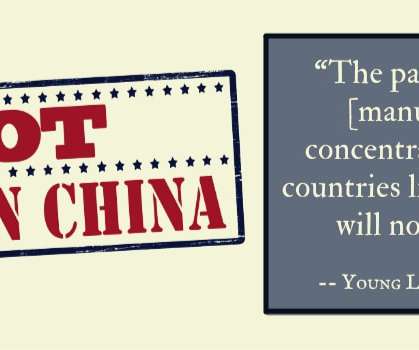












Let's personalize your content